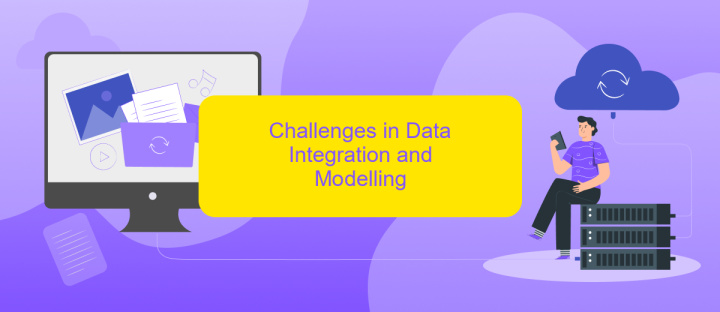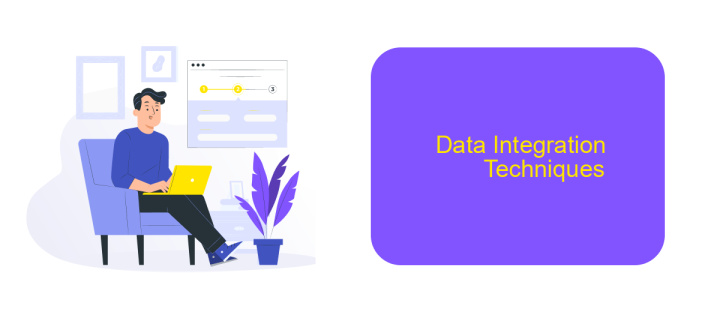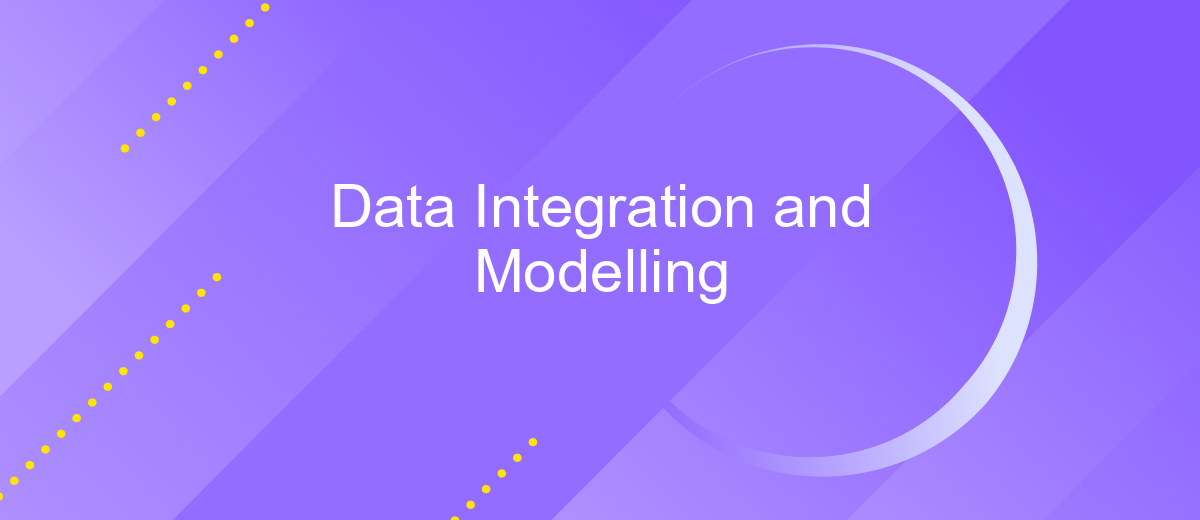Data Integration and Modelling
Data integration and modeling are critical components in the realm of data management and analytics. By seamlessly combining data from diverse sources and creating structured models, organizations can derive valuable insights and make informed decisions. This article explores the methodologies, tools, and best practices that underpin effective data integration and modeling, highlighting their importance in today's data-driven world.
Data Integration and Modelling
Data integration and modelling are crucial components in modern data management strategies. Effective integration ensures that data from various sources is combined into a cohesive dataset, which can then be used for comprehensive analysis and decision-making. This process often involves data cleaning, transformation, and loading into a centralized system.
- Data Cleaning: Removing inaccuracies and inconsistencies from data.
- Data Transformation: Converting data into a suitable format for analysis.
- Data Loading: Importing transformed data into a centralized repository.
Services like ApiX-Drive facilitate seamless data integration by automating the transfer of data between different platforms. This not only saves time but also reduces the risk of human error. Once integrated, data modelling techniques such as predictive analytics and machine learning can be applied to derive valuable insights, helping organizations make informed decisions and optimize their operations.
Introduction

Data integration and modeling are critical components in the realm of data management and analytics. They enable organizations to unify disparate data sources, providing a cohesive view that facilitates informed decision-making. By integrating data from various platforms, businesses can enhance their analytical capabilities, streamline operations, and achieve greater efficiency. Successful data integration not only consolidates information but also ensures data quality and consistency across the board.
Modern tools and services, such as ApiX-Drive, simplify the process of data integration by offering automated solutions that connect a wide range of applications and systems. ApiX-Drive provides a user-friendly interface and robust functionality that allow businesses to set up integrations without extensive technical knowledge. This empowers organizations to focus on data analysis and modeling, rather than the complexities of data integration. By leveraging such services, companies can accelerate their data-driven initiatives and gain a competitive edge in their respective industries.
Challenges in Data Integration and Modelling

Data integration and modelling present several challenges that organizations must navigate to achieve seamless data flow and reliable analytics. These challenges can hinder the effective use of data and impact decision-making processes.
- Data Quality and Consistency: Ensuring that data from various sources is accurate, complete, and consistent is a primary challenge. Inconsistent data can lead to erroneous insights.
- Scalability: As data volumes grow, systems must scale accordingly. Handling large datasets efficiently without compromising performance is critical.
- Data Security and Privacy: Protecting sensitive information while integrating data from multiple sources requires robust security measures and compliance with regulations.
- Complexity of Integration: Integrating data from disparate systems with different formats and structures can be complex and time-consuming.
- Real-time Data Processing: Many applications require real-time data integration, which can be challenging due to latency and processing speed issues.
To address these challenges, tools like ApiX-Drive can be invaluable. ApiX-Drive simplifies the integration process by providing a platform for connecting various data sources and automating workflows, ensuring data consistency and improving efficiency. By leveraging such services, organizations can better manage their data integration and modelling efforts.
Data Integration Techniques

Data integration techniques are essential for combining data from various sources into a unified view, enabling better analysis and decision-making. These techniques help organizations streamline operations, improve data quality, and ensure consistency across multiple systems.
There are several methods to achieve data integration, each with its own advantages and use cases. Selecting the appropriate technique depends on the specific requirements and constraints of the organization.
- ETL (Extract, Transform, Load): This traditional method involves extracting data from multiple sources, transforming it into a suitable format, and loading it into a target system.
- ELT (Extract, Load, Transform): Similar to ETL, but the data is loaded into the target system before transformation, leveraging the processing power of modern databases.
- Data Virtualization: This technique provides a virtual view of data from different sources without physical movement, allowing real-time access and integration.
- API Integration: Utilizing APIs to connect and integrate different applications and services in real-time, offering flexibility and scalability.
Tools like ApiX-Drive facilitate seamless API integration, allowing businesses to automate data workflows and synchronize information across various platforms effortlessly. By leveraging such tools, organizations can enhance their data integration processes, ensuring timely and accurate data availability.
- Automate the work of an online store or landing
- Empower through integration
- Don't spend money on programmers and integrators
- Save time by automating routine tasks
Data Modelling Techniques
Data modelling techniques are essential for structuring and organizing data effectively. One popular method is the Entity-Relationship Model (ERM), which visually represents data and their relationships through entities and attributes. Another widely used technique is the Relational Model, which organizes data into tables (relations) and ensures data integrity through keys and constraints. Both methods facilitate the understanding and management of complex data structures, making them indispensable in database design.
In the context of data integration, tools like ApiX-Drive can significantly streamline the process. ApiX-Drive allows users to connect various applications and automate data transfer between them, ensuring consistency and reducing the risk of errors. By leveraging such services, businesses can enhance their data models' accuracy and reliability, ultimately leading to more informed decision-making. These techniques and tools together provide a robust framework for effective data management and integration.
FAQ
What is data integration?
Why is data modelling important?
What are common challenges in data integration?
How can automation help in data integration?
What are the benefits of using a service like ApiX-Drive for data integration?
Apix-Drive is a simple and efficient system connector that will help you automate routine tasks and optimize business processes. You can save time and money, direct these resources to more important purposes. Test ApiX-Drive and make sure that this tool will relieve your employees and after 5 minutes of settings your business will start working faster.


